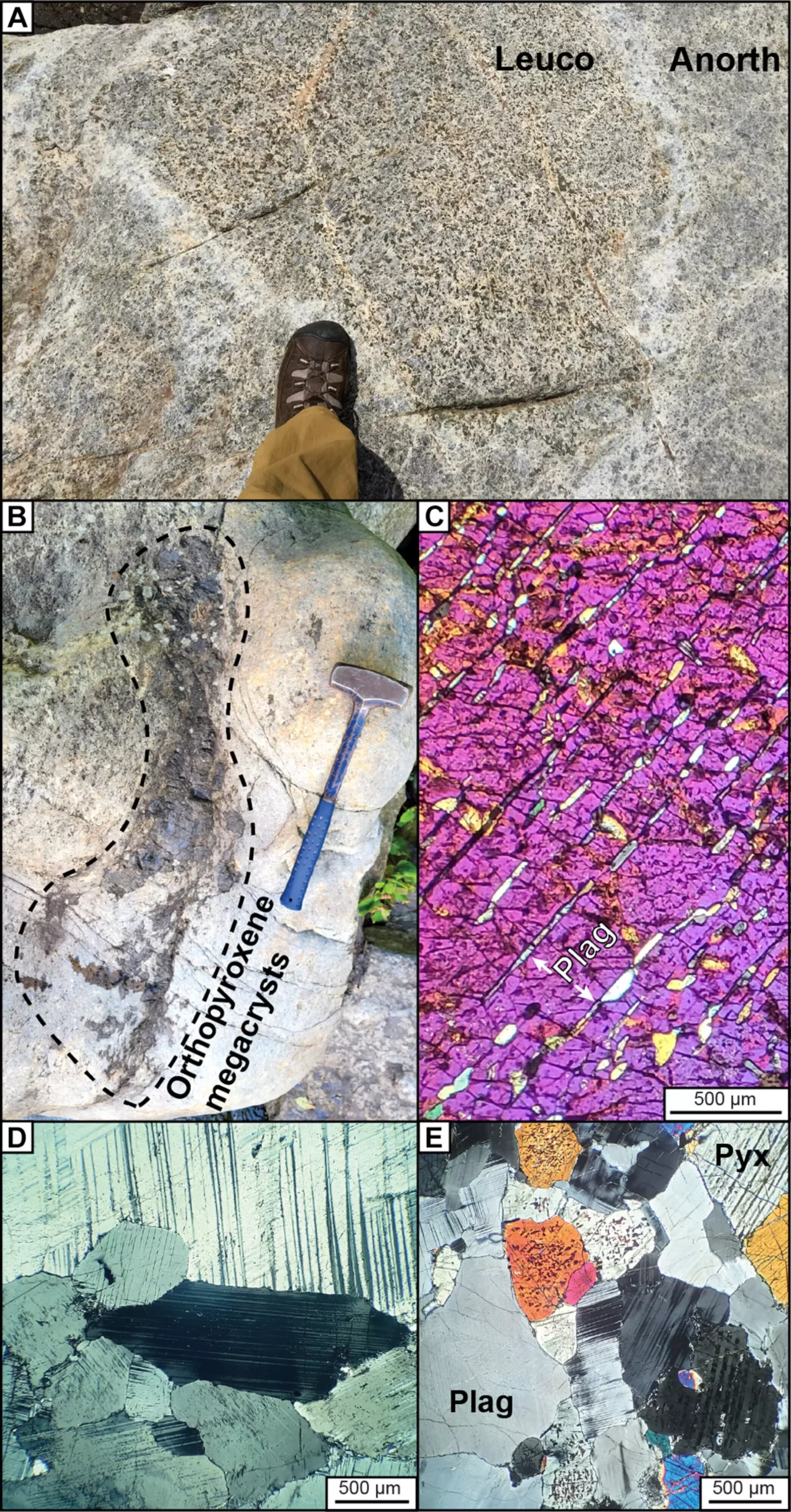The study of massif-type anorthosites has long been a mystery for scientists due to the conflicting theories surrounding their formation. These plagioclase-rich igneous rock formations, covering vast areas and hosting valuable titanium ore deposits, have remained a puzzle for decades. However, a recent breakthrough by a team of researchers sheds light on the intricate connections between Earth’s evolving mantle, crust, and tectonic forces that have shaped the planet’s history.
Led by Rice’s Duncan Keller and Cin-Ty Lee, the research team delved into the Marcy and Morin anorthosites to unravel the mysteries behind these ancient rocks. Through the analysis of boron, oxygen, neodymium, and strontium isotopes, as well as petrogenetic modeling, the researchers made groundbreaking discoveries about the origins of massif-type anorthosites. The study suggests that the magmas responsible for these rocks were derived from oceanic crust altered by seawater at low temperatures, indicating a connection to subducted oceanic crust beneath convergent continental margins.
The findings of this study not only provide insights into the formation of massif-type anorthosites but also offer valuable information about Earth’s thermal and tectonic evolution. The researchers propose that these rocks formed during a period of very hot subduction, a phenomenon that may have been prevalent billions of years ago. This new evidence linking massif-type anorthosites to ancient subduction processes opens up new avenues for understanding the physical evolution of our planet and its geological history.
One of the key takeaways from this research is the interdisciplinary nature of the study. By combining classical methods with innovative boron isotopic analysis, the researchers were able to uncover new insights into the origins of massif-type anorthosites. This novel approach not only advances our understanding of ancient rock formations but also sheds light on the broader implications for Earth’s tectonic and thermal history.
The study of massif-type anorthosites offers a unique window into Earth’s past, providing valuable insights into the planet’s evolution over billions of years. By unraveling the mysteries behind these enigmatic rocks, researchers are not only expanding our knowledge of Earth’s geological processes but also paving the way for new discoveries in the field of geology. The implications of this study reach far beyond the realm of rock formations, offering a deeper understanding of our planet’s complex history and the forces that continue to shape it to this day.


Leave a Reply